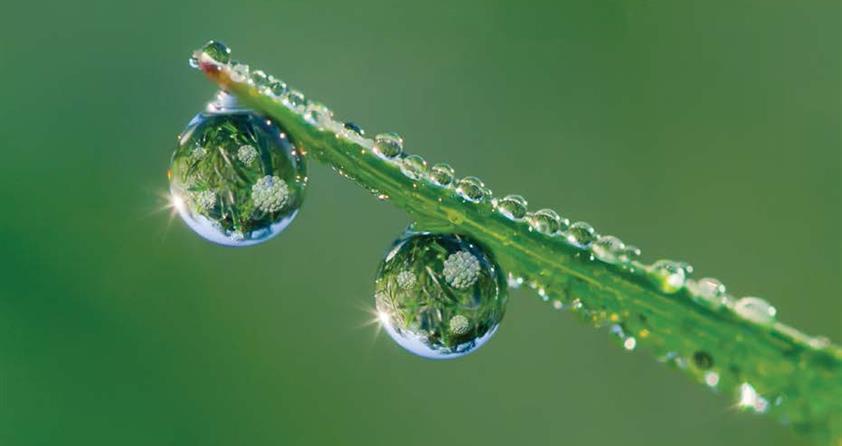By the Analytical Chemistry Core Lab team and Andrea Hulsbosch
On July 26, Analytical Chemistry Core Lab invites KAUST researchers to attend the workshop "Nanoparticle characterization by Single Particle ICP-MS."The workshop will focus on introducing single particle Inductively Coupled Plasma Mass Spectrometry (spICP-MS) fundamentals and the latest innovation of single cell ICP-MS. It will be given by an application expert, Dr. David Prince from PerkinElmer, and aims to provide a deeper understanding of this novel technique.
Dr. Jingyu Liu, who has extensive experience in the synthesis and functionalization of nanoparticles and their quantitative characterization, joined the Analytical Chemistry Core Lab in April 2018 as inorganics team lead. She is eagerly anticipating collaborations with KAUST scientists and supporting their research in the field. Prior to joining KAUST, Liu completed her PhD degree at Brown University anda postdoctoral research associate program at the National Institute of Standards and Technology (NIST).
Advanced particle counting and sizing method
Applications for nanoparticles span from health care and sports equipment to electronics, cosmetics, energy, agriculture and food products. spICP-MS is an emerging method for detecting, characterizing and quantifying metal containing nanomaterials in aqueous suspensions and aerosol phase. Combining the unique "particle by particle" counting technique with the elemental specificity of ICP-MS, spICP-MS becomes capable of high throughput measurement for particle size, size distribution, particle number concentration, and elemental composition with minimal sample perturbation. An important strength of spICP-MS is its superior sensitivity, which allows for direct analysis of nanoparticles at realistic environmental and biological exposure conditions.
This technique shows great promise for a variety of applications from examining nanomaterial populations to tracking nanoparticle uptake and accumulation by plants, detecting nanoparticle transformation (i.e. ion leaching, aggregation) in natural or engineered matrices, quantitative elemental mapping of biological entities, and monitoring combustion products. Consequently, KAUST researchers from several fields such as clean combustion, catalysis and biological sciences have expressed great interest and will benefit from the technique.

